The ABCs Of Rook Piercing: Pain, Healing, Benefits & More
Break away from traditional to a more modern and fashionable piercing? Rook piercing is the way to go!
On May 5, 2023 – 13 minutes read
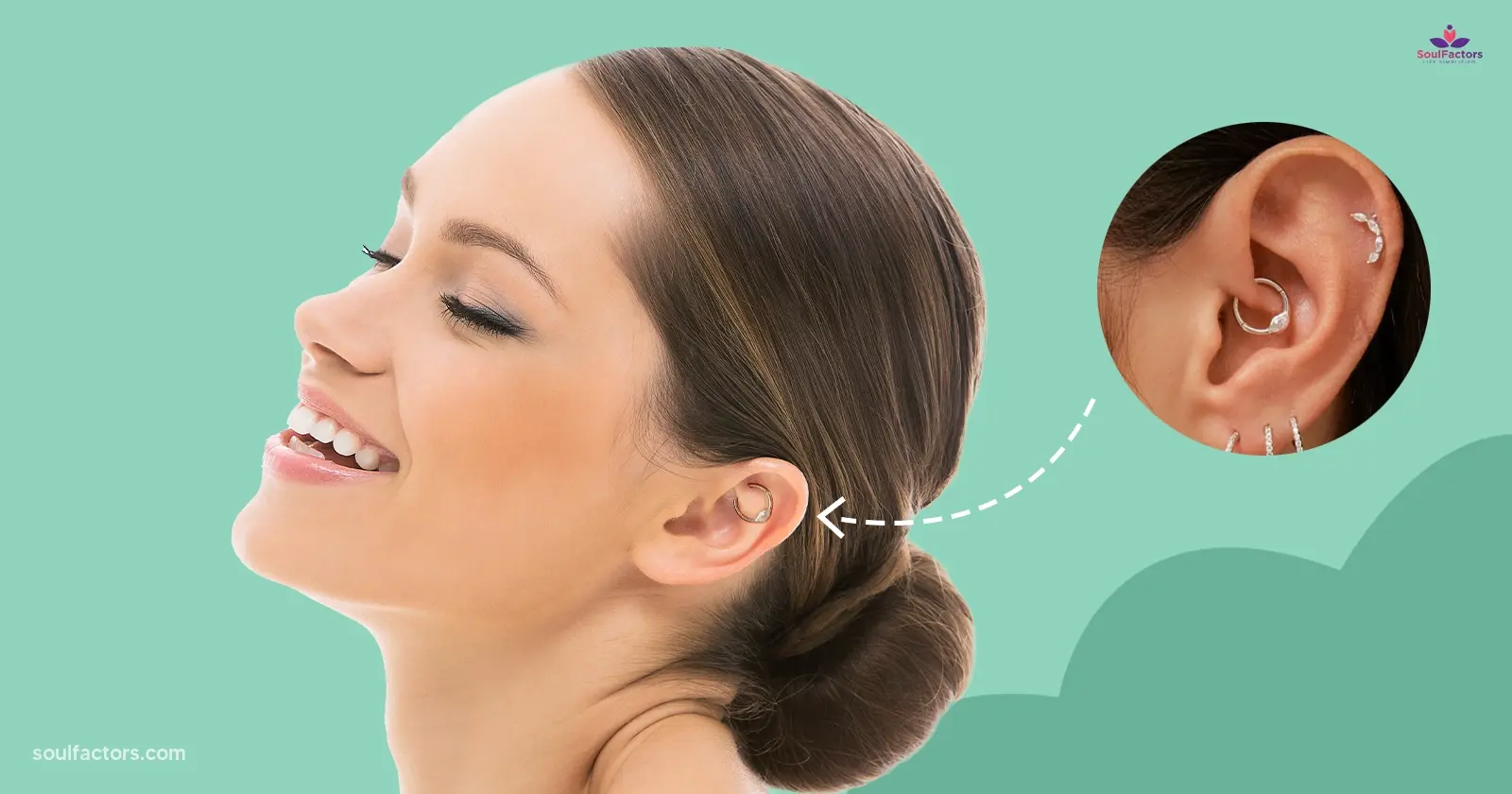
Rook is a contemporary piercing that adds versatility to your jewelry options. It is more delicate than the conventional lobe piercings but adds freshness and originality to your personality. Do you want to break away from the monotony of standard appearance and stand out in the crowd with a rook piercing?
It is one of the very unique piercings because of its placement. Its entry into the world of modern trends has been theatrical. Many women want to get it but cannot comprehend it in its entirety. Nevertheless, the popularity of rook piercings is at an all-time high.
Although this piercing does not get the same spotlight in every woman’s life, it enjoys unparalleled fame and attention in the lives of those who are experimental and bold in their choices.
Before you make an appointment for it, you must find out about the ABCs of rook piercing.
What Is A Rook Piercing?
Rook piercing is placed in the upper cartilage fold between the outer and inner ear right beneath the helix or rim of the ear. This horizontal piercing perforates right through the cartilage. This cartilage piercing goes right above Daith, one of the other modern ear piercings.
Rook is different from other cartilage piercings and is often done as part of a constellation piercing. When you wear rook piercing jewelry along with other scattered jewelry in several piercings in your outer and inner ear, it replicates the appearance of grouped stars in the night sky, giving you a celestial look.
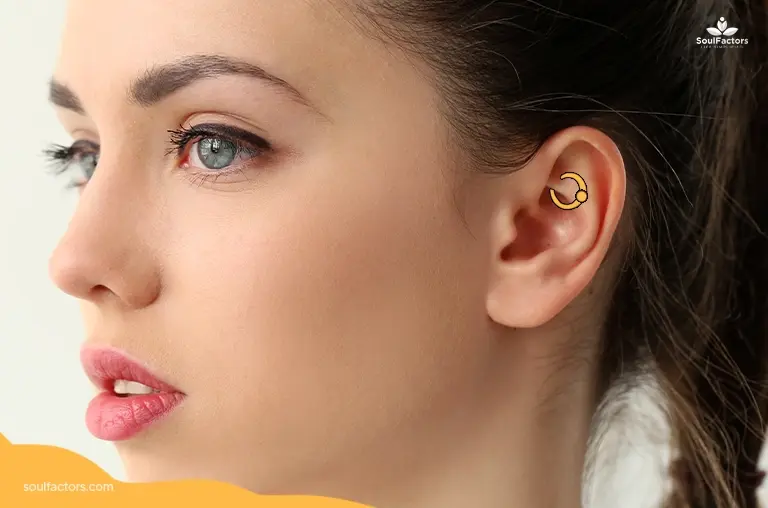
Most women get this piercing as a part of cluster piercings in their cartilage. The reason is that rook is not visible significantly on its own but when adorned with other piercings, it becomes the star around which the other piercings revolve. Just like you become the center of attraction at every event for your jewel-studded look.
How Is Rook Piercing Done?
Now that we have covered the ‘rook piercing meaning’, let’s get to the process by which it is done. Every piercing is painful. Don’t you feel pain if you are being pricked by a needle for a blood test? Similarly, when a professional pierces a needle into your cartilage, you might experience a slight discomfort.
If you are new to the world of piercings, you must go prepared to a piercing studio with every ounce of knowledge regarding the piercing procedure. Choose an experienced piercing professional and get all your doubts cleared before finally sitting down for the perforation.
It’s a good idea to be 100% sure about getting the rook ear piercing. So, communicate your choice of piercing very clearly to the piercer as rook is easily confused with daith or conch. Take advantage of the digital age and show a photograph of rook designs to ensure your peace of mind from the beginning.
You would not want to go through the pain of getting a pinhole twice, would you?
Once you are settled down, your piercer will clean the area where the rook piercing will be placed. If you are highly ticklish, we suggest you take deep breaths while the professional is preparing your ear for the needle penetration. Many piercers take your final approval before finally piercing the cartilage with a sterile needle.
You must not move or shift excessively while this happens. This pain will go away as fast as it comes. Immediately after the professional removes the needle, he/she will insert your pre-selected jewelry into the hole. You will be given a few minutes to assess how the jewelry feels against your skin. It must be secured properly and should neither be too loose nor too tight.
All’s well? You are good to go now!
Rook Piercing Benefits
Many women get a rook piercing as a form of auriculotherapy. Auriculotherapy is a traditional Chinese technique that uses the points of the ears to provide relief to other parts of the body. It can alleviate conditions like migraine(1), anxiety, and inflammation, or simply boost your well-being.
While there are no scientifically-backed benefits of cartilage piercing, it is supposed to replicate the effects of auriculotherapy. According to this technique, the ears hold more than 200 pressure points, each of which can help balance physical and mental health.
Does Rook Piercing Provide Relief From Stress?
It is believed by many that this piercing stimulates those pressure points that are associated with stress relief. This piercing is intended to reduce migraines and provide perpetual relief from anxiety. Rook encourages blood circulation to your brain which helps in releasing tension.
Does Rook Piercing Alleviate Menstrual Cramps?
Another reported health benefit of rook piercing is that it mitigates menstrual cramps. When you get this piercing, you allow your lower body parts to coordinate with each other. This helps in alleviating the pain felt from cramps during menstrual cycles.
Rook is marketed to the female population because of its purported benefits. Nothing is proven about its health advantages and effects on stress and pain. One can assume its benefits as its function is based on auriculotherapy.
If you want to amp up your style quotient, rook is a great choice however don’t get rook solely based on its health benefits.
How Long Does A Rook Piercing Take To Heal?
Rook piercing healing time differs from person to person as each human has a different ear anatomy. The standard time taken for rook piercing healing is anywhere between 6 months and 1 year. If you don’t have any complications, the rook piercing healing time reduces to 4-5 months.
The healing time of this piercing is more than lobe piercing because your cartilage is pierced in rook piercing. Since the cartilage is thicker than your lobes, you require more time to heal from any type of cartilage piercing.
You must ask your piercer about the success of the piercing procedure. He/she will provide you with a set of instructions to follow to accelerate your healing. You must take care of all the aftercare practices for the safety of your piercing.
How Do You Know That Your Piercing Has Fully Healed?
The easiest way to determine whether your piercing has fully healed is to check for any rook piercing bump in the area. Once your piercing has healed, you will not notice any redness or swelling. Your ear will have its natural complexion again.
If you are not able to touch the piercing without experiencing pain, it has not healed fully yet. There is no need to lose hope as these piercings are placed through a thick layer of cartilage which increases the healing time significantly.
How Bad Does A Rook Piercing Hurt?
We don’t want to scare you but it is not as effortless as a simple lobe piercing. A rook piercing involves penetration through a thick layer of cartilage(2). It is in an inconvenient position, nestled inside the fold of the cartilage between the inner and outer ear. As a result, a rook piercing might not be as breezy as other types of ear piercing.
Imagine, putting a needle through a cake and then putting the same needle through a plastic cap of a bottle. Rook is more like the second one. The needle just does not go through soft tissues, as is the case with ear lobe piercing. But, it goes through the entire cartilage in the ear.
Rook Piercing Pain
Although different people have separate pain tolerance, rook ear piercing can hurt you on a moderate to a high level. Based on the reviews of people who have had rook piercings, it falls between 7-8 on a pain scale. This level of pain might be tolerable to some people while unmanageable to others.
You experience more pain during cartilage piercing because of decreased blood circulation in the region. Thus, you must keep some pain-alleviating techniques accessible in a minute to deal with the pain better.
You must also note that the extent of the pain depends on the professional you are getting the piercing from. Seasoned piercers have smart tricks up their sleeves to reduce the pain and make the process bearable for you. They suggest breathing techniques and ask you to lay in a posture that is best for needle penetration.
Rook Piercing Vs Daith – Does Daith Or Rook Hurt More?
Daith piercing is placed right below the rook piercing. It goes through the innermost fold of cartilage found above your earhole. It is visible with or without other cartilage piercings, adding to its popularity. Daith also sits on an acupressure point which makes it advantageous for people with migraines.
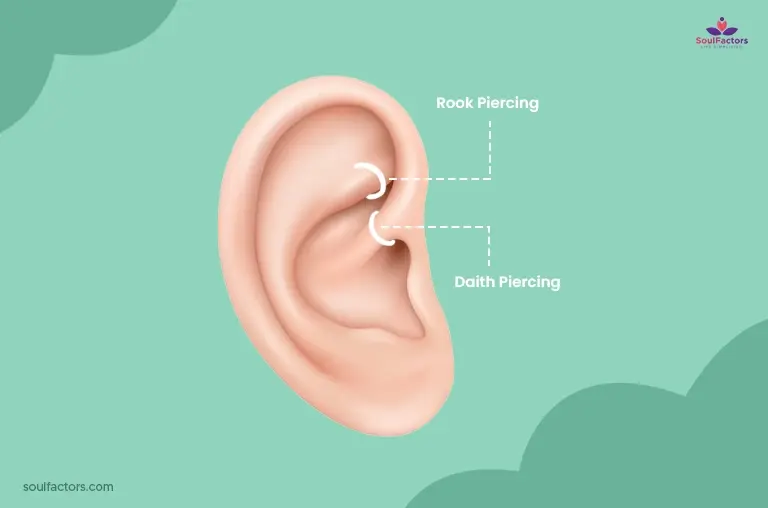
Both rook and daith are cartilage piercings. The needle has to be pierced through a thick layer of cartilage in both types to make the piercing. This means you will experience certain pain during the procedure of cartilage piercing. But, the question is to what extent?
The magnitude of the daith and rook piercing pain depends on the ear anatomy of the person. It is a relative subject with no right answer. Some people might experience less pain in daith while others might feel less pain in rook.
The healing time of the two, however, is distinguishable. A daith piercing requires 6-9 months to heal completely whereas a rook requires 6-12 months for complete healing. No matter the time, daith piercing heals more quickly than rook piercing. It is because of the placement of the two types. Rook is disadvantaged because of its position in the ear.
Are Rook Piercings Safe?
Since a part of your body is pierced with a needle, you become prone to infections, swelling, bleeding, and discharge. But, that does not mean that rook piercings are not safe. All ear piercings come with a probable risk of side effects whether it is earlobe, helix, or tragus piercing.
You must get your ear checked by a professional to evaluate whether it will be a good host for a rook piercing. If your cartilage layer is not thick enough, you might not be eligible for this piercing.
It is important to consider all factors before sitting down in a chair and getting your rook pierced.
What Are The Risks Associated With Rook Piercings?
As we shared, all types of piercing are prone to side effects. But, you can avoid them with proper care. However, you must know the risks associated with a piercing procedure.
- Infections – 3 out of 10 people are likely to experience infections after cosmetic piercings. Infections are common but respond well to proper hygiene and treatment. You can experience bleeding, discharge, severe pain, and a burning sensation during infections.
- Rook piercing bump – These bumps can arise a few days after the piercing procedure. If you did not pay heed to the medical advice and ended up scratching your piercing, you will have to deal with a bump.
- Allergic reactions – If you wear poor-quality jewelry right after the piercing, you might develop an allergy. Most people are allergic to nickel and artificial jewelry. Therefore, you must wear anti-allergic jewelry after getting your rook pierced.
- Piercing rejection – If you see red skin around the piercing site, there is a chance that your piercing is getting rejected. You should talk to your piercer and get the jewelry removed to avoid serious complications.
- Keloids – Some people experience a tissue overgrowth near the piercing site. These are keloids and they cause irritation which has to be treated by proper medical intervention. If keloids are hereditary in your family, you should avoid getting piercings altogether.
How To Care For A Rook Piercing?
How your piercing turns out depends extensively on the care you provide it with. It is normal after a piercing to experience tenderness, itching, small bumps, and pus discharge. A piercing takes as much time to heal as any other open wound in your body. Your symptoms might go away in a couple of weeks but this piercing takes about 6-12 months to heal fully.
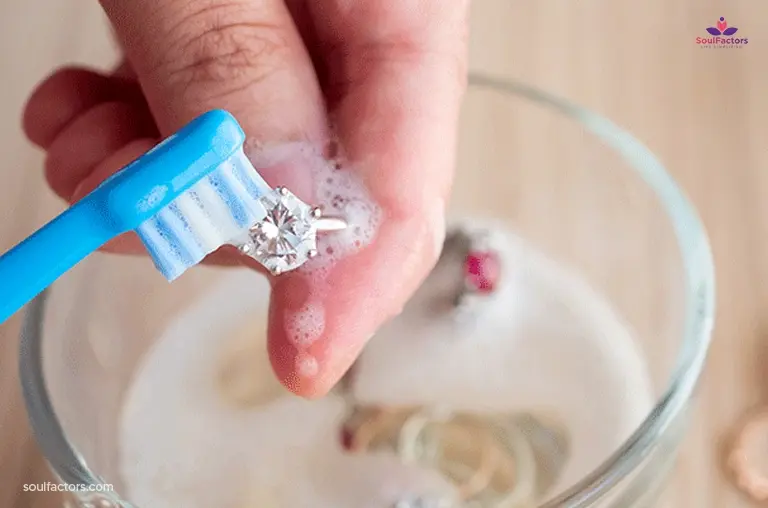
Nevertheless, you must be careful after getting your rook pierced or else you might get a rook-piercing bump. Our general advice is to avoid anything that irritates the piercing site. Don’t put your phone on the ear and sleep on the other side or on your back. Wear loose clothes and avoid dusty places.
Cleaning Rook Piercing Area Is A Must
Your piercer will guide you to clean your piercing place after the procedure. If you forgot what he/she mentioned, take a look at the following points.
- Wash your hands with soap before taking them anywhere near your piercing area.
- If your piercer has suggested an ointment, use it. Otherwise, take a pinch of salt in lukewarm water and use a cotton ball to remove discharge around the piercing.
- Clean the site not more than 2-3 times a day.
Prevent Ear Infections By Doing This
Every person gets a minor infection after a piercing procedure. However, with the following tips, you can avoid it to a great extent.
- Don’t touch the piercing site without cleaning your hands. Maintain proper hygiene and treat it like you would treat a wound.
- Don’t enter a swimming pool or bathtub for a few weeks after the piercing.
- Clean your piercing every day in the recommended manner.
- Don’t remove the jewelry before the healing is complete.
What Type Of Jewelry Is Used For Rook Piercing?
You must be wondering, “Is there more than one jewelry option in rook piercing?” Yes, there is!
It does not matter that the rook is located in the innermost region of the ear. There is a wide variety of rook piercing jewelry types to choose from including barbells, curved barbells, hoops, captive bead rings, and so on.
Out of these, the curved barbell is the most suitable for a rook. It has two beads, one of which is detachable. It is easy to install and is more visible!
Talking about the material of rook piercing jewelry, gold, titanium, and surgical steel are your best friends! They are hypoallergenic, durable, and extremely comfortable.
FAQs
Let’s answer the most common questions regarding rook piercing.
Rook piercings have been associated with less painful menstrual cramps and low-stress levels. They are great for body ornamentation and are a form of self-expression.
After your piercing has healed fully, you can wear Airpods comfortably. Do not wear Airpods or any other type of earbuds until 6-9 months after your piercing procedure.
This piercing takes more time than other types of cartilage hearing to heal. Since the needle goes through thick layers of cartilage, it is a little hard to heal.
Faux rook piercing is a vertical rook piercing that gives the look of a traditional piercing because it enters in the front and exits on the backside of the ear. If you cannot get a standard rook piercing, you can get a faux rook piercing.
Rook and snug piercings are considered to be the most painful ear piercings. On a pain scale of 10, their score ranges between 7-9.
Generally, a rook piercing is a 14-16 gauge. It is thicker than the standard earlobe gauge because the needle has to pierce through a thick layer of cartilage.
You should not sleep on a new rook piercing as it can lead to swelling, bleeding, and discharge. If you sleep on it, you can experience sharp pain near your piercing site.
Conclusion
You are ready to visit a professional piercer and get an appointment scheduled for a rook piercing. You must choose the best studio and an experienced piercer to get your rook pierced. Hopefully, within six months, you can don your favorite jewelry and show off your rook jewelry in style.

Subscribe to Newsletter
Elevate your routine, stay on trend, and embrace a personalized beauty journey with our curated insights.


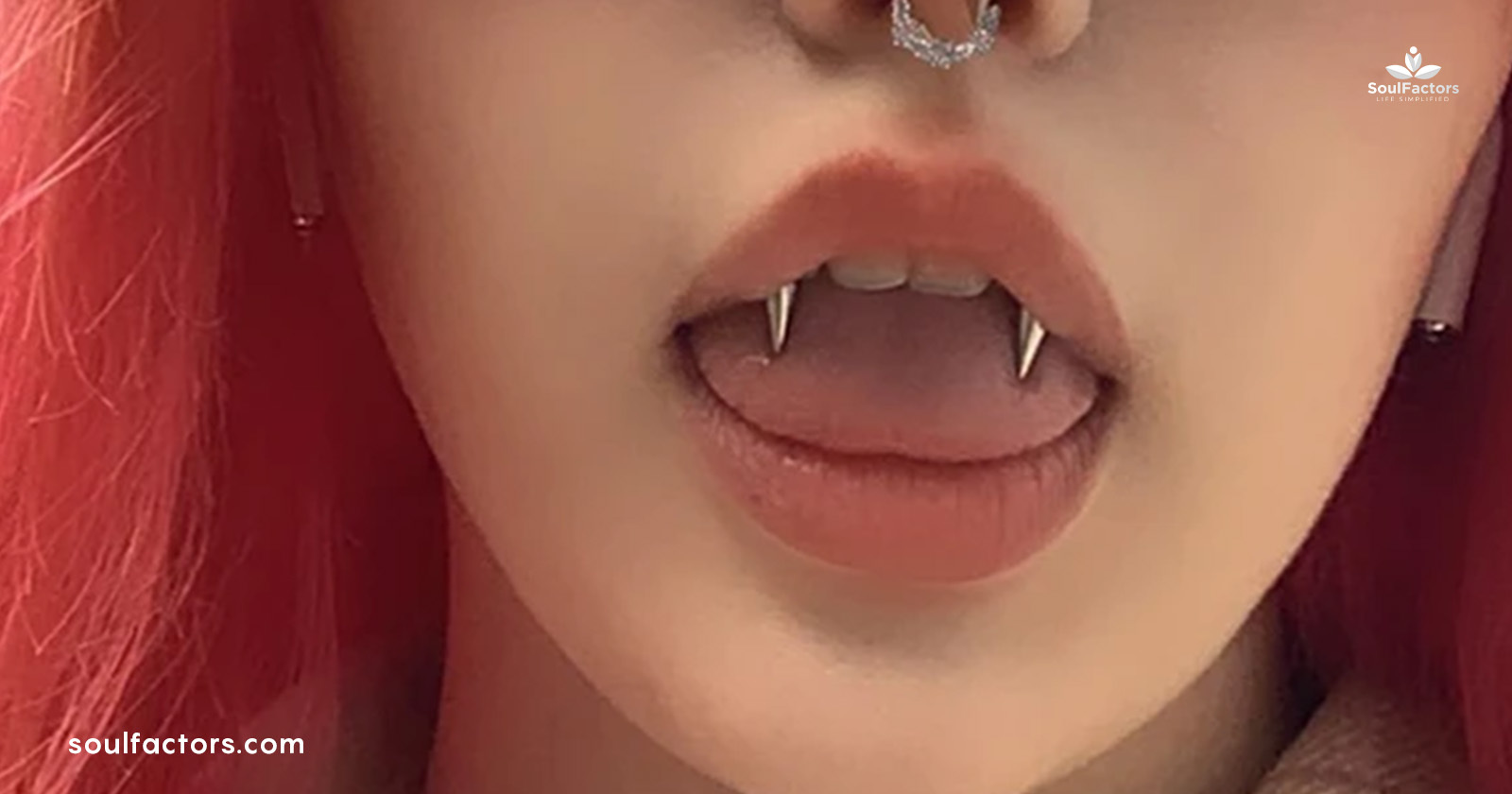
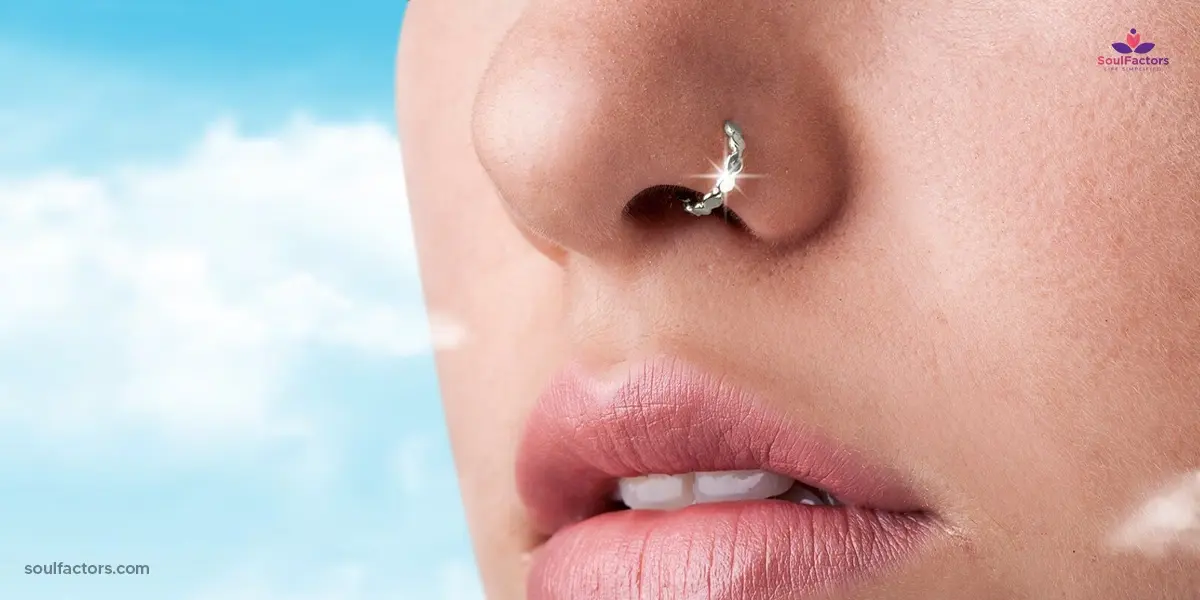
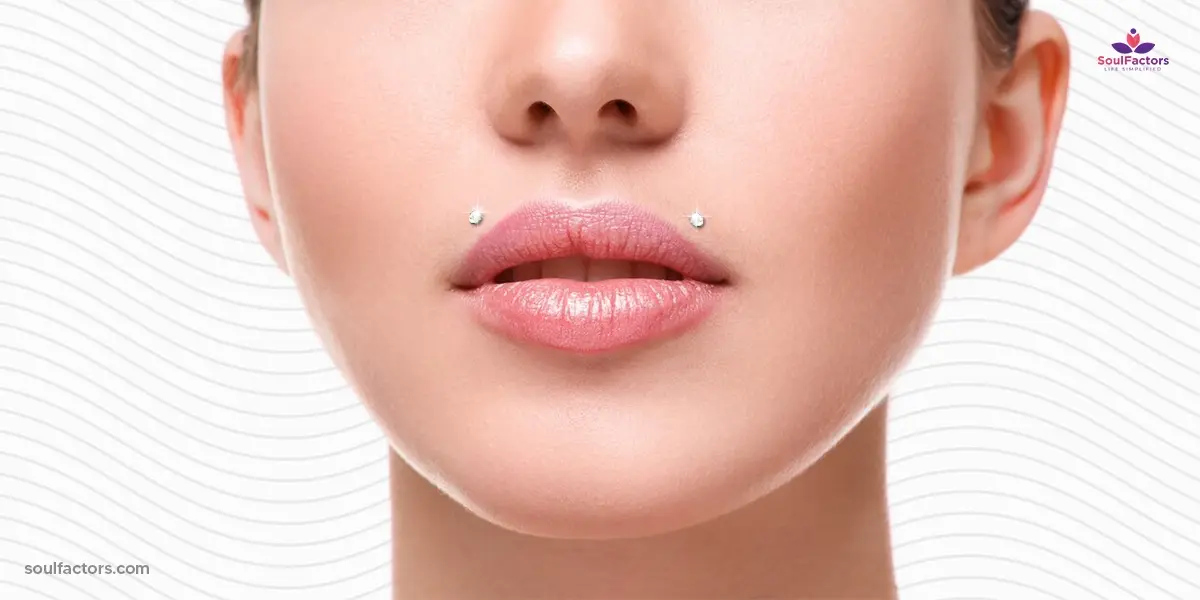
Write a Comment